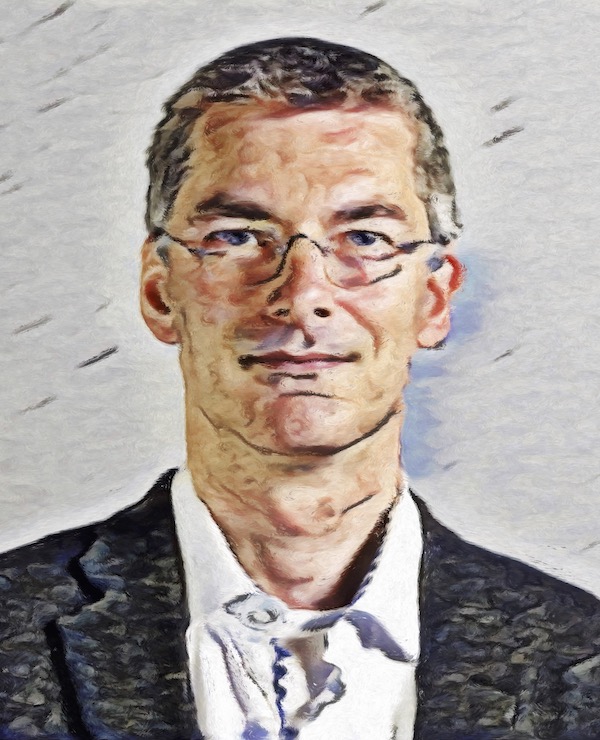Hello,

I am professor for theoretical astrophysics at Heidelberg University. My research activities focus on the formation of stars at present days and inthe early universe, on the dynamics of the interstellar medium, on astrophysical turbulence, and on the development of numerical methods for computational astrophysics.
For an overview of my curriculum vitae follow this LINK.
For my website at the Center for Astronomy at Heidelberg University follow this LINK.
In 2020, I received an ERC synergy grant together with Patrick Hennebelle (CEA, Saclay), Sergio Molinari (INAF, Rome), and Leonardo Testi (ESO, Garching). More information is found on this LINK.
Current Research Highlight
January 2024: The signature of galaxy formation models in the power spectrum of the hydrogen 21cm line during reionization
Lewis, Joseph S. W., Pillepich, Annalisa, Nelson, Dylan, Klessen, Ralf S., Glover, Simon C. O.: Monthly Notices of the Royal Astronomical Society, early access (2024) [ADS link]

Evolution of the absolute differential brightness temperature of the 21cm line, for the TNG100, Illustris and Eagle simulations (top to bottom), from 𝑧 = 8 (left) to 𝑧 = 6 (right).
Observations of the 21cm line of hydrogen are poised to revolutionize our knowledge of reionization and the first galaxies. However, harnessing such information requires robust and comprehensive theoretical modeling. We study the non-linear effects of hydrodynamics and astrophysical feedback processes, including stellar and AGN feedback, on the 21cm signal by post-processing three existing cosmological hydrodynamical simulations of galaxy formation: Illustris, IllustrisTNG, and Eagle. Despite their different underlying galaxy-formation models, the simulations return similar predictions for the global 21cm brightness temperature and its power spectrum. At fixed redshift, most differences are attributable to alternative reionization histories, in turn driven by differences in the build-up of stellar sources of radiation. However, several astrophysical processes imprint signatures in the 21cm power spectrum at two key scales. First, we find significant small scale (k ≥ 10 Mpc−1) differences between Illustris and IllustrisTNG, where higher velocity winds generated by supernova feedback soften density peaks, leading to lower 21cm power in TNG. Thus, constraints at these scales could rule out extreme feedback models. Second, we find more 21cm power at intermediate scales (k ≈ 0.8 Mpc−1) in Eagle, due to ionization differences driven by highly effective stellar feedback, resulting in lower star formation, older and redder stellar populations, and lower ionizing luminosities for Mh > 109 M⊙. Different source models can manifest similarly in the 21cm power spectrum, leading to often ignored degeneracies. These subtle features could allow future observations of the 21cm signal, in conjunction with other observables, to constrain theoretical models for galactic feedback at high redshift.
Earlier Research Highlights
For the all monthly research highlights follow this LINK.
Funding Sources

